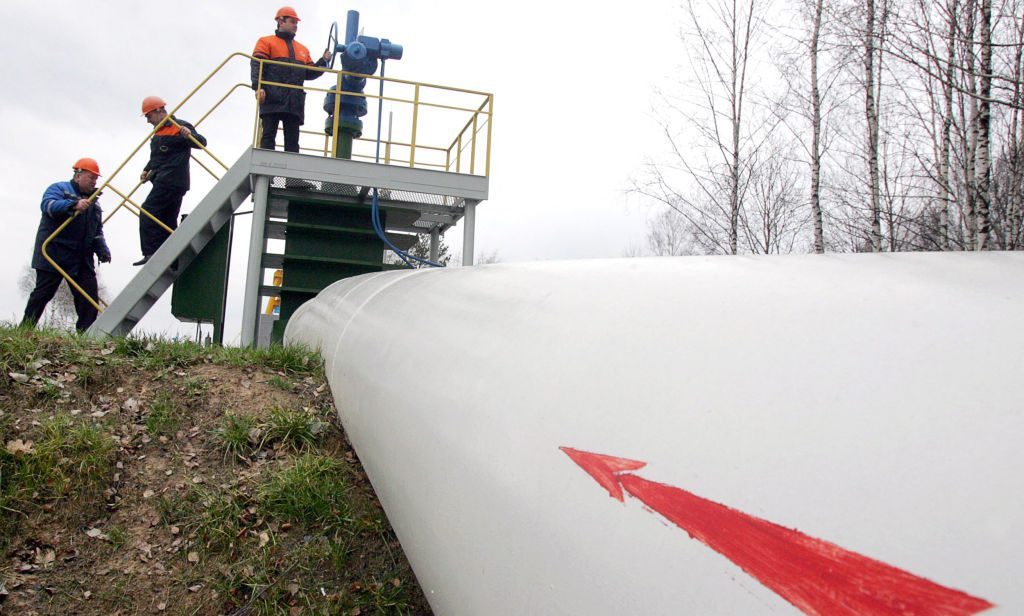“The Druzhba oil pipeline is taking a rest,” boasted Major Robert “Madyar” Brovdi, commander of Ukraine’s drone forces, on Monday. He was referring to a Ukrainian drone strike on the Nikolskoye pumping station in Russia’s Tambov region. It temporarily halted oil flows through the Druzhba pipeline, the last major artery supplying Russian oil to Moscow’s only remaining buyers in the EU: Hungary and Slovakia.
Hungarian Foreign Minister Péter Szijjártó denounced the strike as “outrageous and unacceptable”, calling it an assault on Hungary’s energy security and sovereignty. He accused Kyiv and Brussels of trying to drag Hungary into the conflict, reiterating that “this is not our war” and that Budapest intends to stay out of it. Although repairs have since restored the flow of oil, the incident raises several troubling questions.
The first is what Ukraine hopes to achieve. One reading is that Kyiv is trying to strengthen its bargaining position in the current negotiations. Yet the attacks also betray a growing sense of desperation: unable to reverse its fortunes on the battlefield, Ukraine is turning to strikes on infrastructure.
The risks, however, are clear. Such tactics invite Russian retaliation against Ukraine’s own energy system while further alienating EU member states — above all Hungary and Slovakia — which are already opposed to Western military and financial support for Kyiv.
More broadly, the strikes highlight the widening geopolitical scope of the conflict. The Druzhba incident is only the latest in a series of energy-related attacks. On 2 August, the Central Asia-Center gas pipeline in Russia was shut down after explosions in the Volgograd region. The pipeline carries natural gas from Turkmenistan to Russia and is thought to supply key facilities in Russia’s military-industrial base. Just four days later, Russia struck a metering station on the Trans-Balkan pipeline near the Romanian border. Used by Russia before the war, Ukraine’s Naftogaz operated the route for the first time earlier this month to import small volumes of Azerbaijani gas.
Aura Sabadus at the Center for European Policy Analysis points out that these tit-for-tat strikes are “arguably part of a much wider and sophisticated geopolitical battle that is now being fought out from Central Asia in the east to the heart of Europe in the west”. Azerbaijan has shifted towards Ukraine and away from Russia in recent months. In this sense, the Ukrainian strike on the Central Asia-Center pipeline was likely aimed at limiting Russian access to Central Asian gas and thereby preventing any rapprochement with Azerbaijan. Similarly, the attack on the Druzhba pipeline can be seen as an attempt to force Hungary and Slovakia’s energy decoupling from Russia.
However you understand them, these operations make clear a sobering reality: thanks to advances in drone warfare, such attacks are relatively easy to carry out. Even if a political settlement were to end open hostilities, the low cost and high accessibility of drone technology mean that energy infrastructure across the region would remain highly vulnerable — not only to state actors, but also to rogue groups determined to keep the conflict alive.
